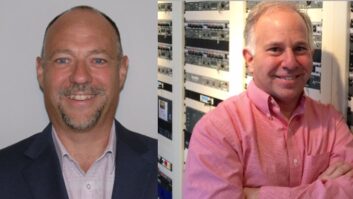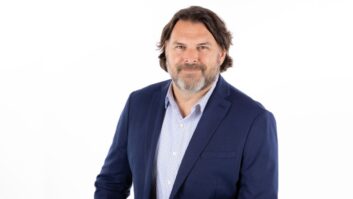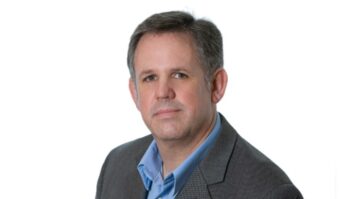During the late summer and fall of 2021, Paul Shulins had the unique opportunity to visit 70 multiplexed TV and radio sites within a three-month period to install his new Stellar Eclipse Site Monitoring and VSWR Protection system for American Tower Corp.
“As the TV repack was coming to a close, many new multiplexed TV combined systems were coming online,” he said.
“This was a perfect opportunity for the tower company to install monitoring and protection equipment, since the transmission gear was new and access to the equipment was simplified.”
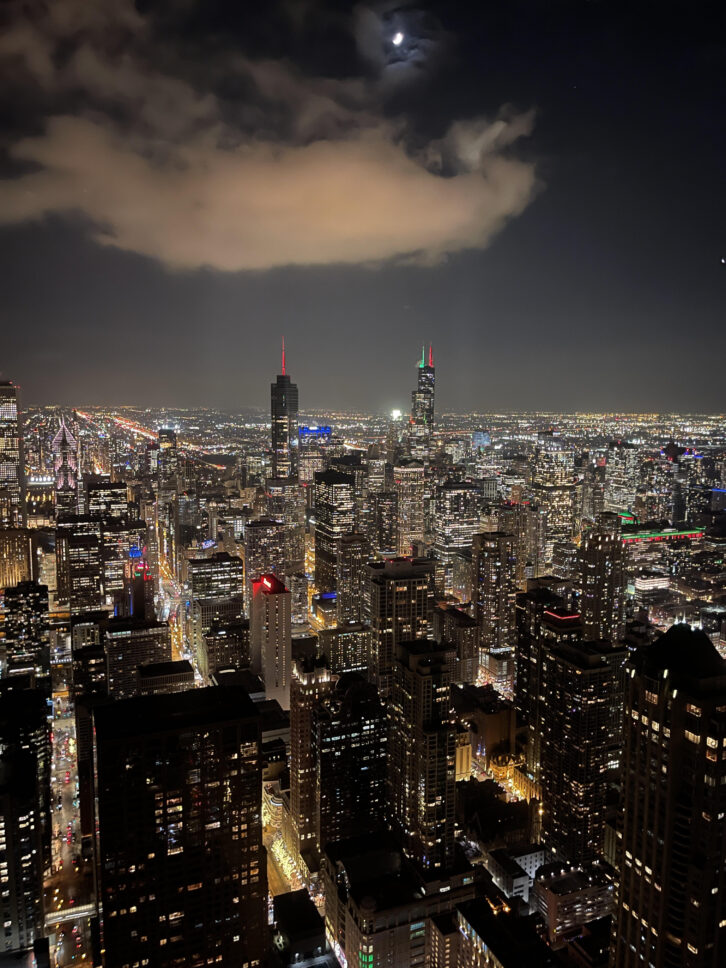
The project involved a lot of challenging logistical planning.
“I decided to access most of the sites by renting a cargo van, and driving more than 20,000 miles to complete the mission. Of course the van was not large enough to accommodate all the equipment needed for the 70 sites, so I had to utilize a logistics company that received all the gear from my suppliers and held it in a warehouse until I arrived at each site, and then overnighted it to me at each tower site.”
Shulins said VSWR protection and monitoring is important for all broadcasters because it’s not a question of “if” but “when” antenna systems and lines will fail.
“This is a simple law of physics due to the forces of nature that act upon the antennas and transmission lines over long periods causing movement, oxidation and discontinuity.”
Closely monitoring these systems, he said, is critical to detecting issues as they crop up and addressing them before a catastrophic failure occurs, causing downtime and large repair expenses.
“Most engineers realize this, but proactively doing something about it is part of what I advocate. Unfortunately I have seen the aftermath of system burnups, and it’s never pretty. The work tower crews need to perform to restore these systems is expensive and dangerous. Anything we as broadcasters can do to prevent these problems from becoming catastrophic is going to enhance safety and save money.”
Modular approach, almost
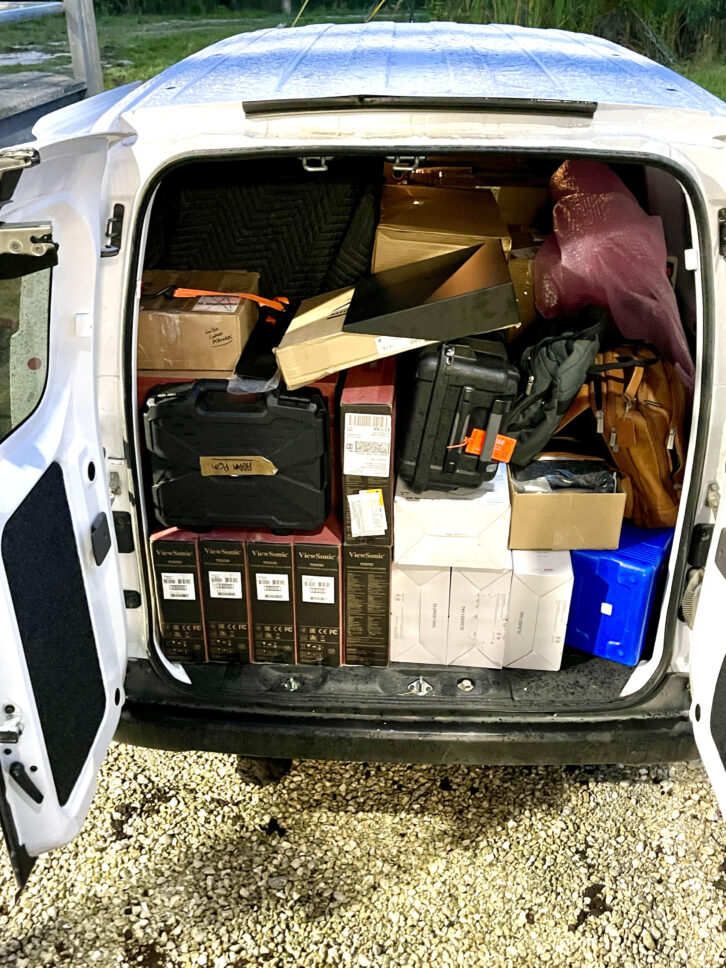
At each site, Shulins had to deliver a rack for the electronic equipment, make sure AC power was available and run the wires neatly around the combiner modules at the directional couplers to the racks.
“Then installing the RF sensors at each directional coupler, installing the rack electronics, modifying the computer software to be specific for each site, complete with station logos and frequencies, test connectivity to the internet, label all demarcations and finally calibrate the system and train the operators.”
He also provided monitoring for transmission line and room temperatures as well as line pressure.
“In some cases where motorized coax switches were employed, monitoring and controlling these was also within the scope of my work. This generally took a day or two.”
He kept a nervous eye on the weather on the trip, particularly during hurricane season in Florida, but managed to avoid problems.
“Getting the equipment racks in place in advance of my arrival was the biggest worry. And of course each site is unique, so there was no cookie-cutter approach to the route the wires needed to take.” The plan was laid out months ahead of time, and each site was a new experience, but Shulins said the staff at American Tower made sure he had good access to each site.
He also was impressed with the engineers and site watchers along the way.
“From Boston to Seattle the people were great, helping me along the way with local information, asking great questions and helping me learn more about TV sites, since my background is in radio.”
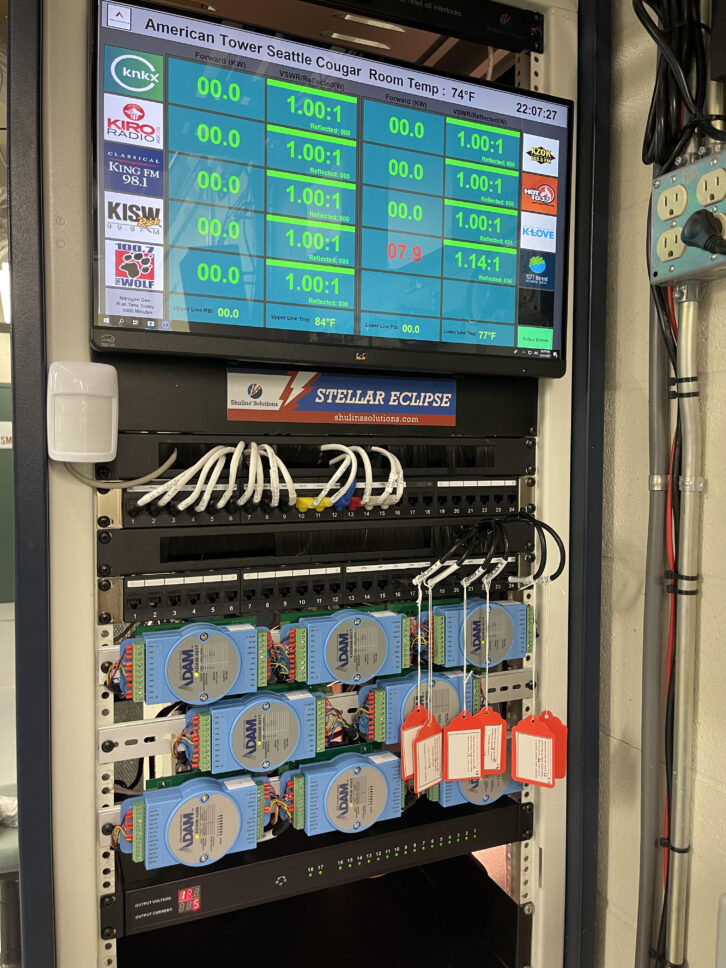
He said about 70% of the sites were related to the TV repack. “I applaud Jim Leifer from ATC for recognizing how important VSWR site monitoring is, and we have already seen the system save several sites from expensive repairs.”
Does he have a favorite memory of the experience?
“I remember one site in Texas that was deeply isolated in the woods and could only be accessed by one five-mile road. There was no cell service at this site, and anytime after it rained, the dirt road was in such bad shape that site access was nearly impossible. One had to wait days for the road to dry up before attempting the drive,” he said.
“There however was a railroad track that crossed that road, and sometimes a train would park itself on the tracks, completely blocking the road. I heard stories about engineers waiting in their cars with no cell service for hours waiting for the train to move! I luckily managed to avoid any stopped trains.”
The session “Collecting and Processing Massive Data from Multiplexed Radio and TV Tower Sites” will be presented on Monday morning of the NAB Show Broadcast Engineering and IT Conference.





